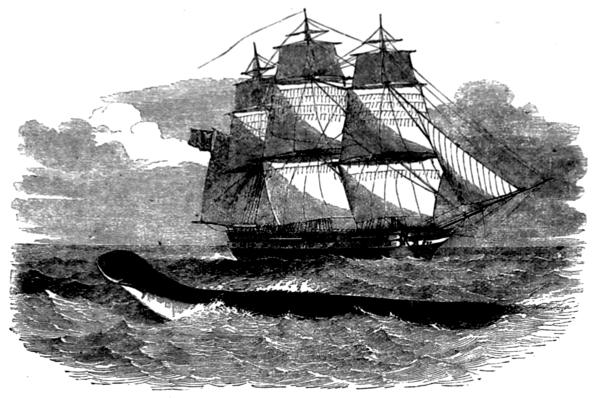(International Fisheries ExhibitionLONDON, 1883)
SEA MONSTERS UNMASKED
BY
HENRY LEE, F.L.S., F.G.S., F.Z.S.
SOMETIME NATURALIST OF THE BRIGHTON AQUARIUM
AND
AUTHOR OF 'THE OCTOPUS, OR THE DEVIL-FISH OF FICTION AND FACT'
ILLUSTRATED
LONDON
WILLIAM CLOWES AND SONS, LIMITED
INTERNATIONAL FISHERIES EXHIBITION
AND 13 CHARING CROSS, S.W.
1883
PREFACE.
As I commence this little history of two sea monstersthere comes to my mind a remark made to me by myfriend, Mr. Samuel L. Clemens—"Mark Twain"—whichillustrates a feeling that many a writer must haveexperienced when dealing with a subject that has beenpreviously well handled. Expressing to me one day thegratification he felt in having made many pleasantacquaintances in England, he added, with dry humour,and a grave countenance, "Yes! I owe your countrymenno grudge or ill-will. I freely forgive them, though oneof them did me a grievous wrong, an irreparable injury!It was Shakspeare: if he had not written those plays ofhis, I should have done so! They contain my thoughts,my sentiments! He forestalled me!"
In treating of the so-called "sea-serpent," I have beenanticipated by many able writers. Mr. Gosse, in hisdelightful book, 'The Romance of Natural History,'published in 1862, devoted a chapter to it; and numerousarticles concerning it have appeared in various papers andperiodicals.
But, for the information from which those authors havedrawn their inferences, and on which they have foundedtheir opinions, they have been greatly indebted, as mustbe all who have seriously to consider this subject, to the[Pg vi]late experienced editor of the Zoologist, Mr. EdwardNewman, a man of wonderful power of mind, of greatjudgment, a profound thinker, and an able writer. At atime when, as he said, "the shafts of ridicule were launchedagainst believers and unbelievers in the sea-serpent in avery pleasing and impartial manner," he, in the true spiritof philosophical inquiry, in 1847, opened the columns ofhis magazine to correspondence on this topic, and all themore recent reports of marine monsters having been seenare therein recorded. To him, therefore, the fullestacknowledgments are due.
The great cuttles, also, have been the subject of articlesin various magazines, notably one by Mr. W. SavilleKent, F.L.S., in the 'Popular Science Review' of April,1874, and a chapter in my little book on the Octopus,published in 1873, is also devoted to them. In writingof them as the living representatives of the kraken, and ashaving been frequently mistaken for the "sea-serpent,"my deductions have been drawn from personal knowledge,and an intimate acquaintance with the habits, form, andstructure of the animals described. It was only bywatching the movements of specimens of the "commonsquid" (Loligo vulgaris), and the "little squid" (L. media),which lived in the tanks of the Brighton Aquarium, thatI recognised in their peculiar habit of occasionallyswimming half-submerged, with uplifted caudal extremity,and trailing arms, the fact that I had before me the "sea-serpent"of m
